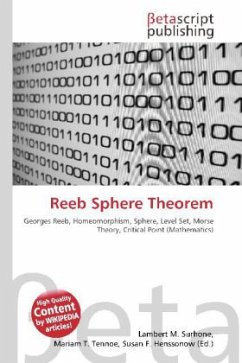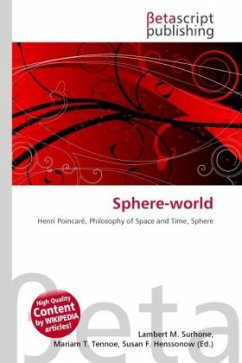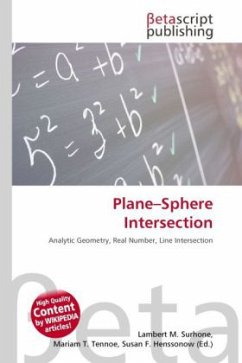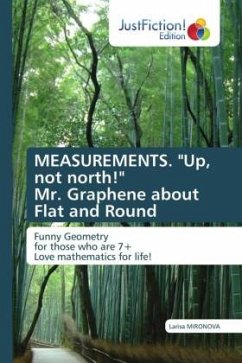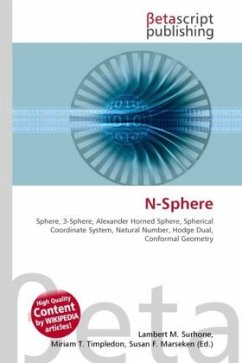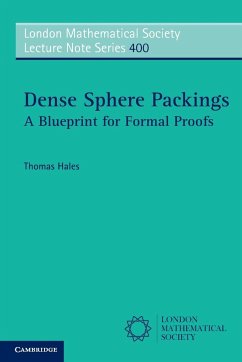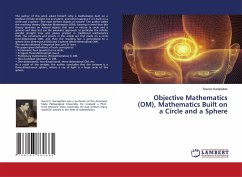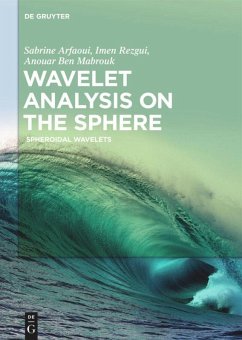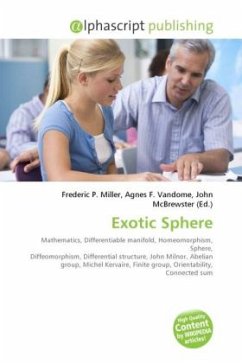
Exotic Sphere
Versandkostenfrei!
Versandfertig in 6-10 Tagen
23,99 €
inkl. MwSt.

PAYBACK Punkte
12 °P sammeln!
In mathematics, an exotic sphere is a differentiable manifold that is homeomorphic to the standard Euclidean n-sphere, but not diffeomorphic. That means that such a manifold M is a sphere from a topological point of view, but not from the point of view of its differential structure. Thus, if M has dimension n, there is a homeomorphism h : M to S^n, but no such h is a diffeomorphism. The first exotic spheres were constructed by John Milnor (1956) in dimension n = 7 as S3-bundles over S4. He showed that there at least 7 differentiable structures on the 7-sphere. In any dimension Milnor (1959) sh...
In mathematics, an exotic sphere is a differentiable manifold that is homeomorphic to the standard Euclidean n-sphere, but not diffeomorphic. That means that such a manifold M is a sphere from a topological point of view, but not from the point of view of its differential structure. Thus, if M has dimension n, there is a homeomorphism h : M to S^n, but no such h is a diffeomorphism. The first exotic spheres were constructed by John Milnor (1956) in dimension n = 7 as S3-bundles over S4. He showed that there at least 7 differentiable structures on the 7-sphere. In any dimension Milnor (1959) showed that the diffeomorphism classes of oriented exotic spheres form the non-trivial elements of an abelian monoid under connected sum, which is a finite abelian group if the dimension is not 4. The classification of exotic spheres by Michel Kervaire and John Milnor (1963) showed that the oriented exotic 7-spheres are the non-trivial elements of a cyclic group of order 28 under the operationof connected sum.





